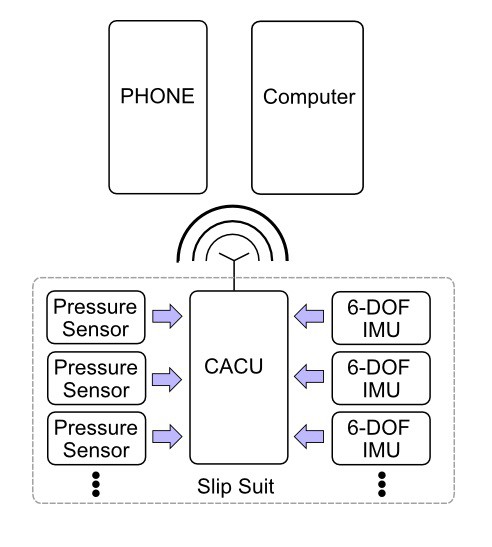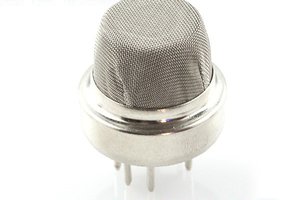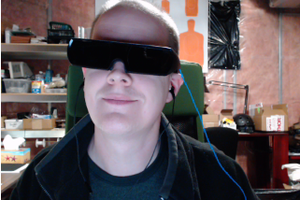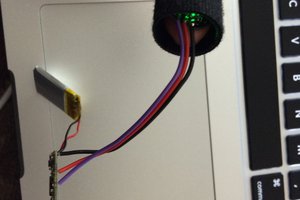This is a serious project for serious people. Serious people who like to know when they are being hit by other people or things. Being hit by people/things is generally pertinent information that a sports dud(es/ettes) would like to know about. Especially when that hit could injure them or has interesting information about their form in said sport.
This project is primarily aimed at wheelchair sports participants. Injuries that prevent sensory information in extremities inhibit injury detection and performance perception. In some cases this may lead to injuries that would otherwise be very minor but when left undetected for long enough increase in severity. Our goal is to fix that problem with a wireless suit.
The suit will consist of a number of soft pressure and impact sensors made from conductive polymer sheets (which we plan on manufacturing ourselves). Additionally several 6 DOF gyro/accelerometers will be embedded in the suit. A controller that I designed for theater lighting (CACU) will provide basic sensor processing and pass sensor data onto either a phone, a PC, or some other receiver where it can be recorded and read. The basic network looks like the following:

This was a last minute entry so the documentation is not perfect yet (Seriously, We decided to enter with this in the last five hours of the entry period).
 Statutory Therapy
Statutory Therapy


 Minimum Effective Dose
Minimum Effective Dose
 Laura
Laura
 Kenji Larsen
Kenji Larsen
I found your statement "Being hit by people/things is generally pertinent information that a sports dud(es/ettes) would like to know about." very strange and funny until I read, that you target disabled persons in a wheelchair. Because normal people feel when they get hit.
I think you should put that fact at the beginning, it would clarify the intention of the device upfront.